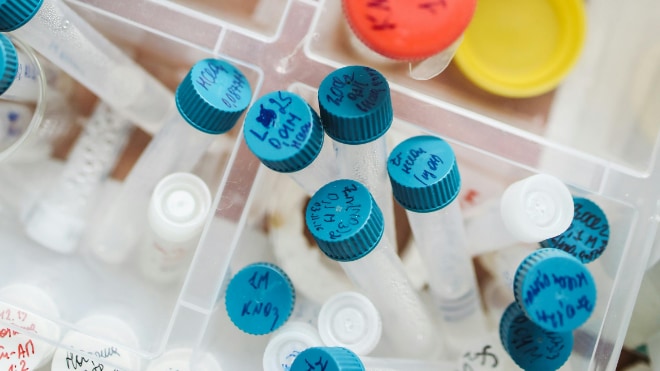
The Medical Device Coordination Group (MDCG) has released MDCG 2020-16 rev.4 - Guidance on Classification Rules for in vitro Diagnostic Medical Devices under Regulation (EU) 2017/746.
This update released in March 2025 provides comprehensive clarification on the classification rules outlined in Annex VIII of the IVDR, ensuring that manufacturers, notified bodies, and health institutions have a clear framework for classifying in vitro diagnostic (IVD) devices based on their intended purpose and inherent risk, prior to placing it on the market. Notably, the guidance addresses the classification of medical device software (MDSW) and emphasises the importance of considering devices used in combination.
Summary of Key Updates
| Rule | Changes | Details | Impact |
|---|---|---|---|
| Rule 1 – Second Indent | Revision of examples | Updated examples to provide better clarity on the classification of IVD devices. | Ensures more precise classification, reducing ambiguity for manufacturers. |
| Rule 3(m) | Footnote 8 modified | Footnote 8 modified to refine interpretation and applicability. | Improves understanding of specific classification aspects. |
| Rule 4(a) | Revision of examples | Updated examples for self-testing devices, refining classifications based on biomarkers. | Helps manufacturers align with IVDR requirements for self-testing IVDs. |
| Rule 6 | Minor modification of the rationale and revision of examples | Minor updates to rationale and refined examples for Class B IVDs. | Provides a clearer framework for determining Class B device classification. |
| Annex 1 and Annex 2 | Minor editorial changes | Minor wording and structural refinements for improved readability. | Enhances document clarity without changing regulatory requirements. |
Key Considerations for Manufacturers
The MDCG 2020-16 rev.4 guidance has significant implications for IVD manufacturers as it refines how devices should be classified under IVDR.
- Accurate Classification Criteria – The revision of examples under Rules 1, 4(a), and 6 helps manufacturers correctly classify their IVD devices, reducing uncertainty. Manufacturers must review and adapt classifications, ensuring conformity with IVDR and notified body requirements.
- More Precise Risk Assessment – Manufacturers need to reassess whether their devices fall into a different risk class, impacting regulatory requirements.
- Improved Compliance with IVDR – The minor changes provide clarity but do not fundamentally alter the classification process. However, manufacturers should review their classification decisions against the revised examples.
- Potential Impact on Notified Body Review – If an IVD device’s classification is affected by the updated examples or rationale, additional notified body consultation may be required for conformity assessments.
Final Thoughts
The MDCG has provided essential updates to support IVD manufacturers in correctly interpreting classification rules under the IVDR. By understanding and implementing these refinements, manufacturers can ensure accurate device classification, strengthen regulatory compliance, and streamline interactions with notified bodies.
For more insights on IVDR compliance and regulatory transitions, you may find these articles helpful:
- Understanding Risk-Based Classifications for IVDs Under the IVDR
- Transitioning from IVDD to IVDR: Key Considerations
Navigating IVDR classification can be challenging. Mantra Systems provides expert regulatory consulting, medical writing, and compliance support to help manufacturers interpret and implement the latest MDCG guidance seamlessly. Contact us today for a free, confidential consultation on how we can support your IVDR compliance journey.



















